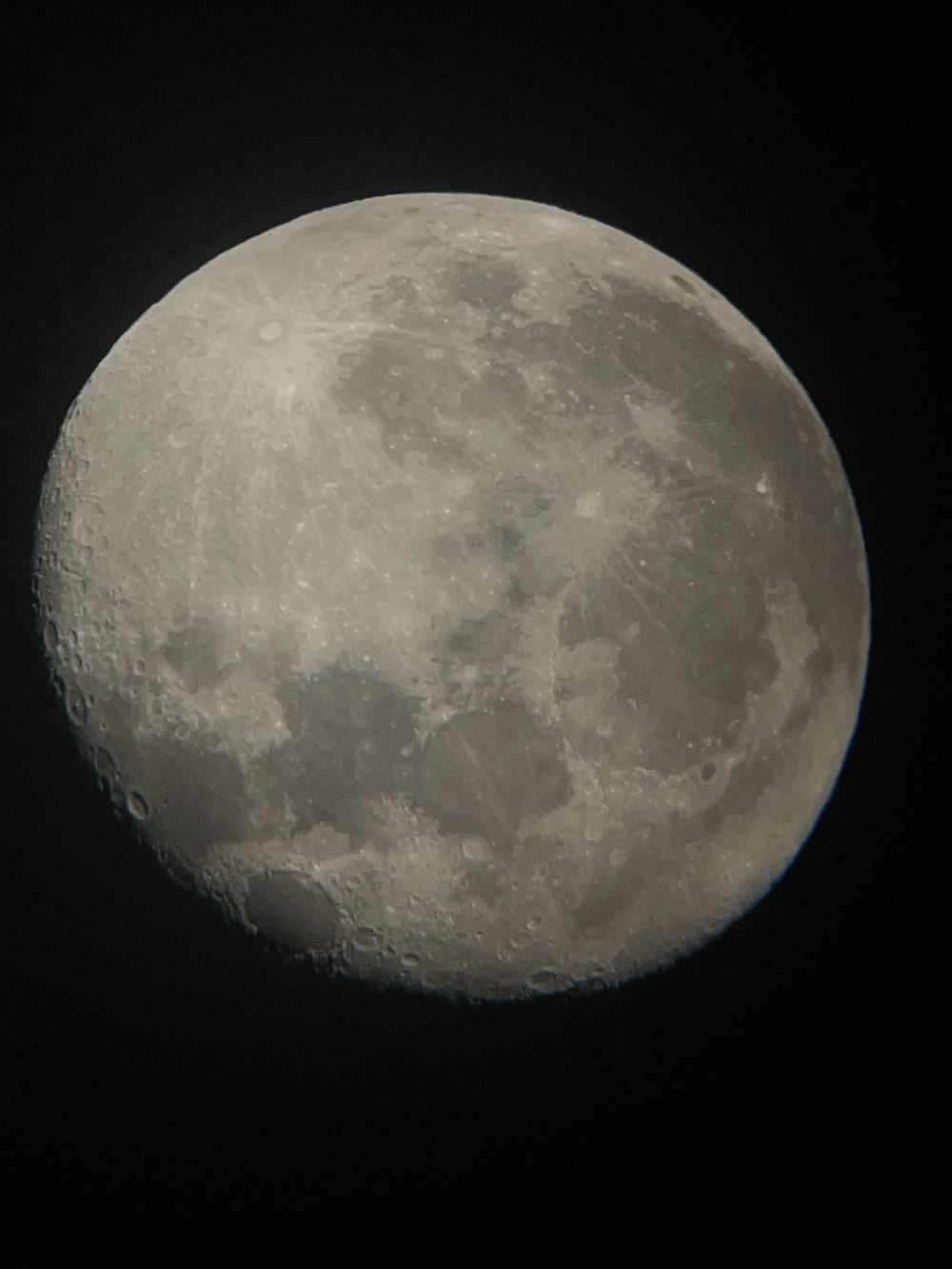The Spectacular Supermoon: 2 Celestial Delights in August - The first is tonight!

The fascinating lunar phenomenon is about to grace our skies once again, as the full moon approaches its closest point to Earth, resulting in a spectacular supermoon. This celestial event will make the moon appear up to 14% larger and an astonishing 30% brighter compared to when it's farthest away.
Tonight, this mesmerizing supermoon will rise on the eastern horizon at a distance of approximately 222,159 miles (357,530km), becoming visible shortly after sunset from around 9 pm, weather permitting. For the best viewing experience, head to areas with darker skies and minimal light pollution.
While the supermoon will be a breathtaking sight for the naked eye, using a small telescope or a pair of binoculars will unveil the moon's surface in remarkable detail, providing a unique opportunity for lunar enthusiasts.
The upcoming supermoon is also known as the "Sturgeon Moon," a name rooted in history due to the abundance of sturgeon fish caught by Native Americans in August. The good news does not end there; August will present a double treat, as another supermoon is set to appear on the 31st.
The second full moon is commonly referred to as a "blue moon," a rare occurrence happening only every few years, inspiring the expression "once in a blue moon.".
On August 31st, the moon will come even closer to Earth, reaching a distance of 222,043 miles (357,344km), compared to its farthest point of approximately 252,088 miles (405,696km).
For those eager to witness this cosmic wonder, the Royal Museums Greenwich suggests that (weather permitting), the full moon will be a distinct white orb in the sky. Utilizing a small telescope or binoculars will provide an enhanced view of the moon's intricate surface and make for interesting moon photos. However, experiencing moonrise just after sunset or moonset just before sunrise will be a truly awe-inspiring sight, as the moon appears enormous against the backdrop of the landscape.
A full moon occurs once within each lunar cycle, lasting 29.5 days. As the moon orbits the Earth in an elliptical path, there are times when it comes closer than others, creating the phenomenon of a supermoon. The last occurrence of two full supermoons in the same month took place in 2018, and this rare event will not happen again until 2037, as confirmed by Italian astronomer Gianluca Masi, founder of the Virtual Telescope Project.
Mark your calendars, as this year's first supermoon delighted us in July, while the final one will grace the night skies in September. Each moon's distinctive name, such as the Sturgeon Moon, carries a historical significance and relates to the behaviour of plants, animals, or weather observed during that particular month, with many names attributed to Native American tribes.
We will be heading to the park with our binoculars tonight. How about you?
Love,
Xander & Co.
PS - we took this picture on the 26th of June 2021 when we went to the observatory in Mourão, Portugal.

Comments